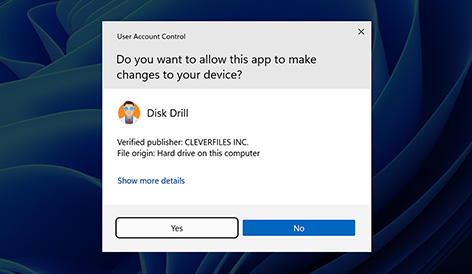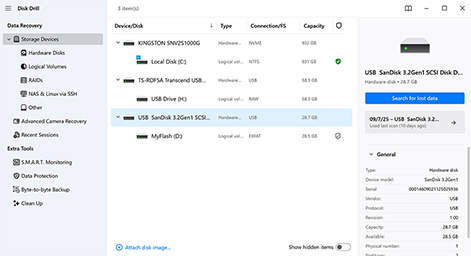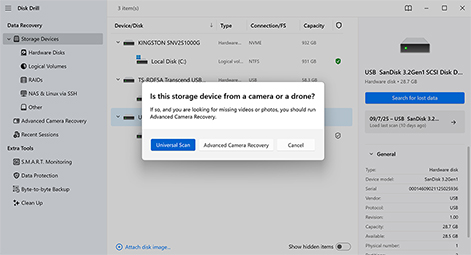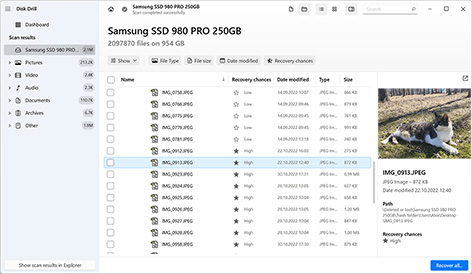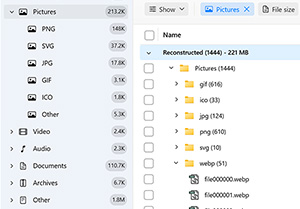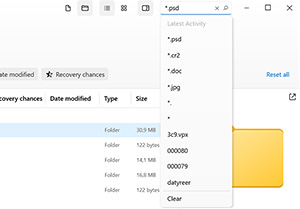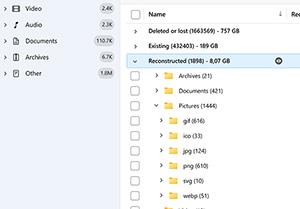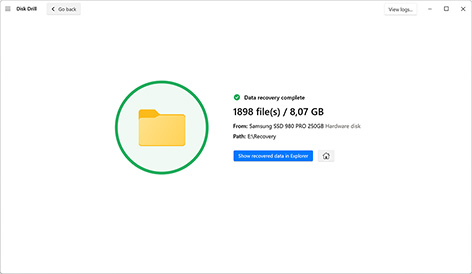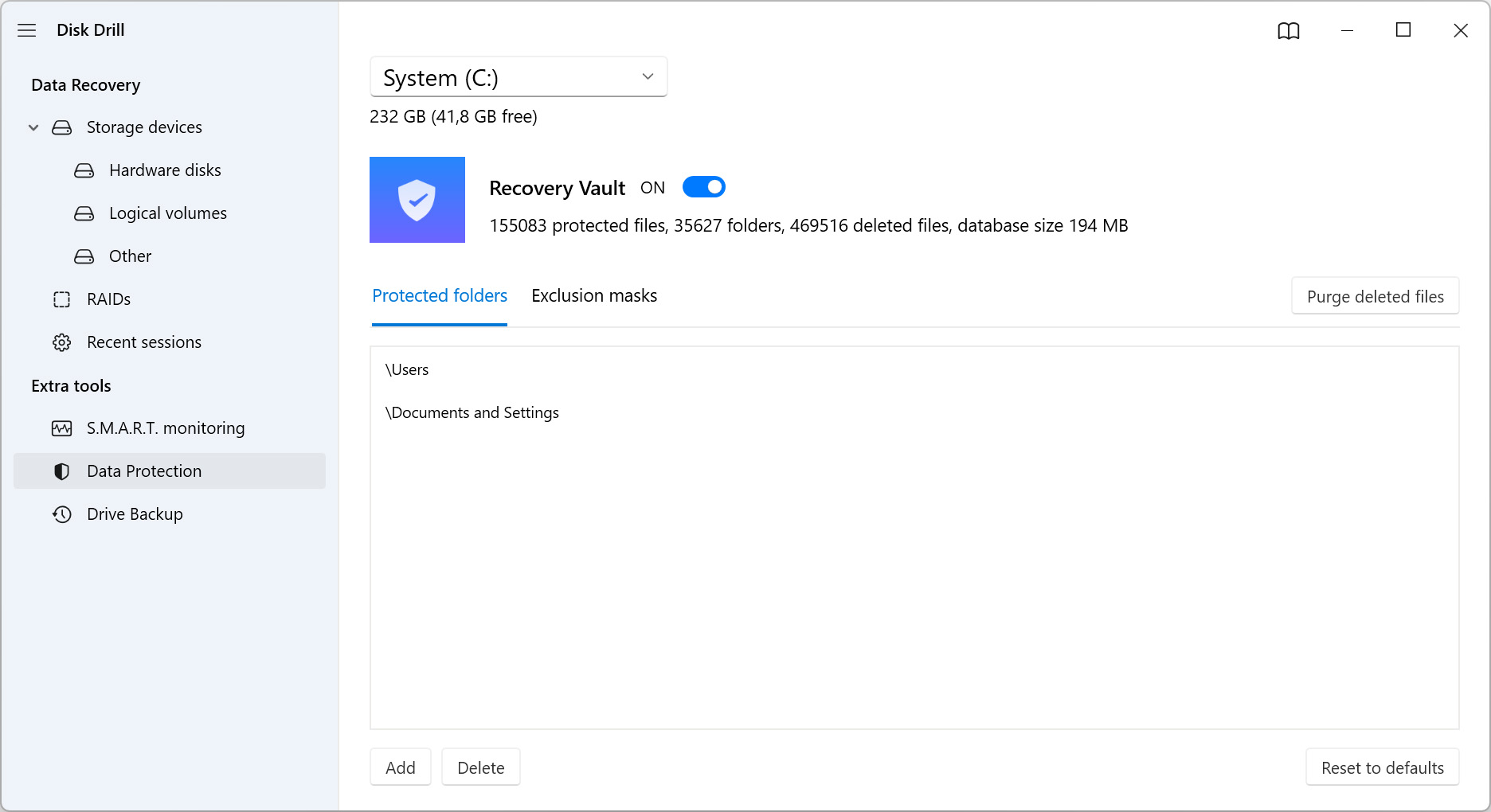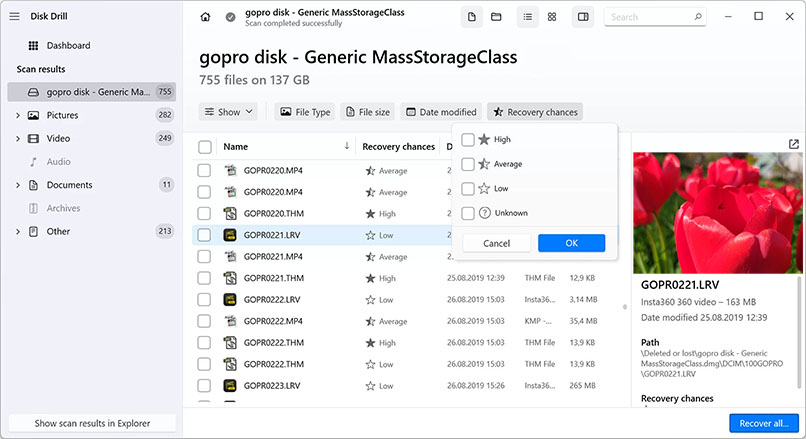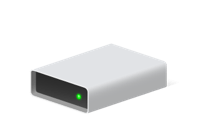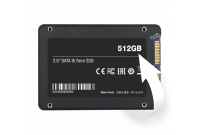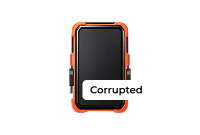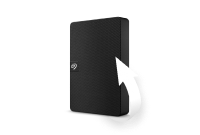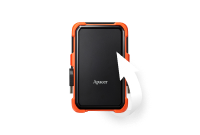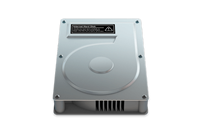As you can see from the table above, each data recovery software offers a slightly different mix of features and capabilities, which are available at different price tiers. Here’s a brief summary of what we think about the compared solutions.
Read more
Close
1. Disk Drill Data Recovery Software
Disk Drill is considered an all-rounder, capable of tackling a variety of data loss scenarios thrown at it using a mix of scanning methods. In addition to its core function as a data recovery tool, it includes some additional features that help keep your data protected going forward. Based on its competitive price point and perpetual license model, it’s hard to argue with the value the program offers, making it an affordable but effective solution for any case where data recovery is possible.
2. Recuva
Recuva is a recovery tool best suited for basic recovery tasks. It relies on its ability to recover data using file system pointers rather than a unique file structure. As such, due to its lack of support for more file signatures (which is limited to 50) and additional features, Recuva is best suited as a cost-effective option if professional software isn’t in the budget.
3. EaseUS Data Recovery Wizard
EaseUS offers a trial that’s a step above Recuva, with the added benefit of a more polished interface and extra recovery features. Paired with some capable recovery performance, it’s a popular option for casual users. However, its full version is quite expensive compared to similar options in the market that offer the same or better performance.
4. Recoverit Data Recovery
Recoverit is a solid option for data recovery that covers most essential features, and it also offers certain tools as separate add-ons. It’s lower on the list as many of the features it offers as extras are already included in the base version of Disk Drill, which makes it more flexible as a recovery toolkit.
5. Stellar Data Recovery Software
Stellar Data Recovery is a dependable recovery tool with the functionality needed to recover a range of file types. Similarly to Recoverit, it also includes a lot of features, but as additional add-ons. As such, it’s a bit more barebones compared to other solutions that include similar functionality in the base program.
